Speed of Falling
Alexei Kostroma, Tamara Pershina
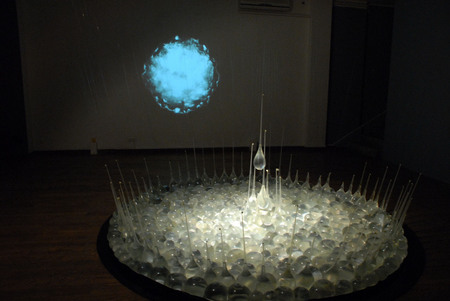
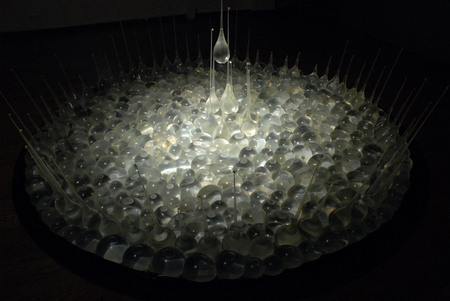
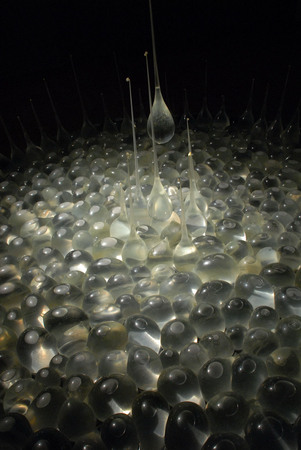
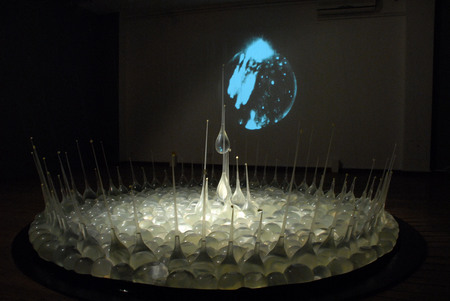
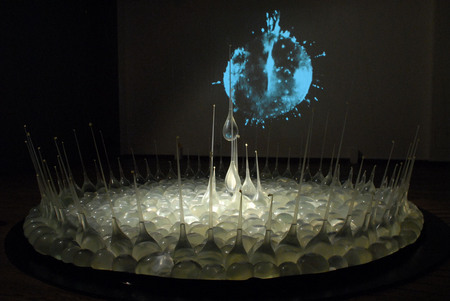
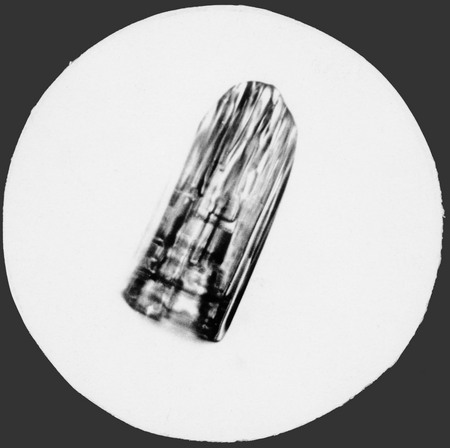
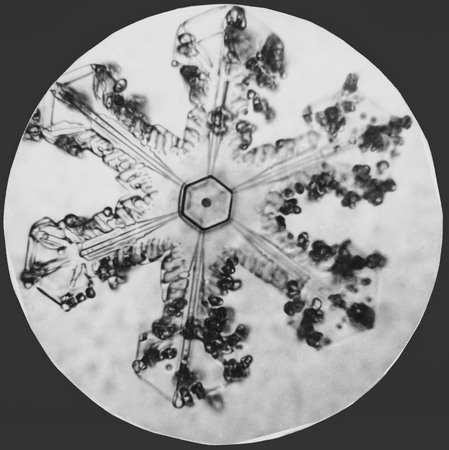
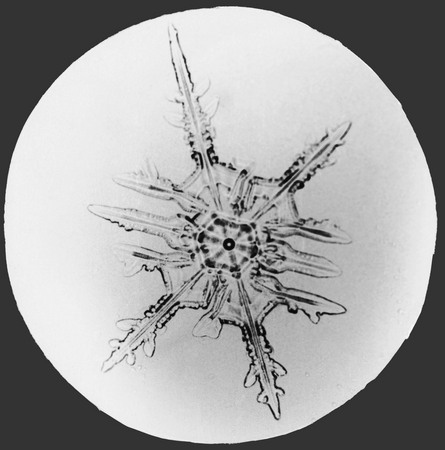
Alexei Kostroma. View of installation “Speed of Falling”. 2008. Multimedia installation. (video, sound, natural latex, water)
Alexei Kostroma. View of installation “Speed of Falling”. 2008. Multimedia installation. (video, sound, natural latex, water)
Alexei Kostroma. View of installation “Speed of Falling”. 2008. Multimedia installation. (video, sound, natural latex, water)
Alexei Kostroma. View of installation “Speed of Falling”. 2008. Multimedia installation. (video, sound, natural latex, water)
Alexei Kostroma. View of installation “Speed of Falling”. 2008. Multimedia installation. (video, sound, natural latex, water)
Tamara Pershina. Микрофотография, 1950-е. Microphotography of 1950-s. Private collection, Germany
Tamara Pershina. Микрофотография, 1950-е. Microphotography of 1950-s. Private collection, Germany
Tamara Pershina. Микрофотография, 1950-е. Microphotography of 1950-s. Private collection, Germany
Moscow, 28.03.2008—27.04.2008
exhibition is over
Moscow Museum of Modern Art
Tverskoy boulevard, 9
Mon.-Sun. 12:00 - 20:00; Ticket Office closes at 19:15
Share with friends
Media Arts installation.
Curator: Yekaterina Kondranina.
This project is presented by the Museum “Moscow House of Photography”.
For the press
Multimedia installation
The notion of speed in our mind is connected in one way or another with machines: supersonic aircraft, high-speed trains, cars, which in 3.8 seconds reach 100 km/h. We can also recall the speed of construction in Dubai, where gigantic projects are being carried out with the speed of thought, or, rereading Daniil Kharms, calculate the speed of falling old women from windows and predict who would land faster. One way or another, the notion of speed in the majority of cases is connected with something very fast, with lightning and movement. I think that every one of us experienced at least once a sense of joy while seeing falling snowflakes. It seems that it is senseless to speak of speed in this situation. Speed of what? When nothing seems to be happening... But we actually can speak about the speed of a falling snowflake.
In 1998, creating a collection of rains, I met an outstanding person who dedicated all her life to studying clouds, fogs and snowflakes.
Tamara Pershina worked at A. Voyeikov Central Geophysical Observatory in St. Petersburg. In the first half of the 1950s, together with her colleagues, she conducted a research project «On the Weight of Snowflakes and the Speed of their Falling». In order to do this work they had to go to Murmansk, and then to the Angara, where the temperature remained below zero for a long time. T. Pershina herself created a special device for observing and catching snowflakes. Using a FED camera, with the temperature sometimes reaching —25 degrees Celsius, she spent hours in the cold shooting snowflakes. Hundreds of
Just like Karl Blossfeldt in his time, Tamara Pershina did not perceive her own photographs as works of art. I remember that she was particularly proud of discovering a snowflake of a unique form — «lens», which was not even included into the famous atlas of the Japanese A. Nakaya. For several decades she carried out a number of fascinating experiments using home-made cameras. She managed to make an image of an explosion of a raindrop under low temperature and the beginning of the growth of a snowflake. With the help of a microscope she shot the «ion discharge crown», which is invisible for the eye — a light electric glow between two drops of rain. «This is how a lightning comes into existence», — Pershina said. But the snowflakes were her favorites. She preferred crystals of irregular form and gave them nicknames: hedgehog, cuff link, transistor, bullet.
This exhibition shows only a small piece of that gigantic undertaking, which gives rise to a feeling of great and sincere respect for a real enthusiast, who dedicated her life to studying the invisible.
The show also includes a light multimedia installation «The Speed of Falling» which uses hundreds of contraceptives, filled with water.
Alexei Kostroma



